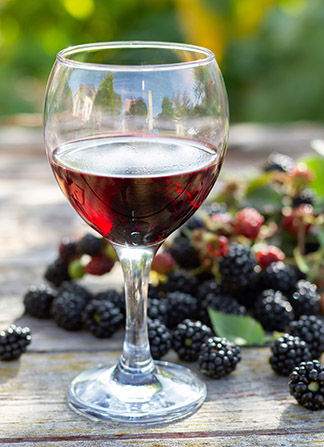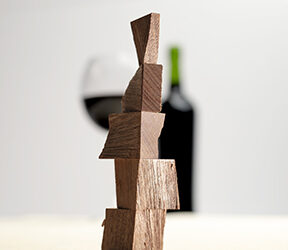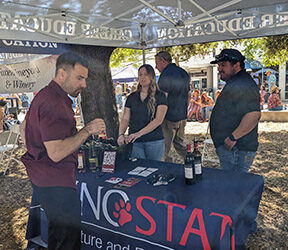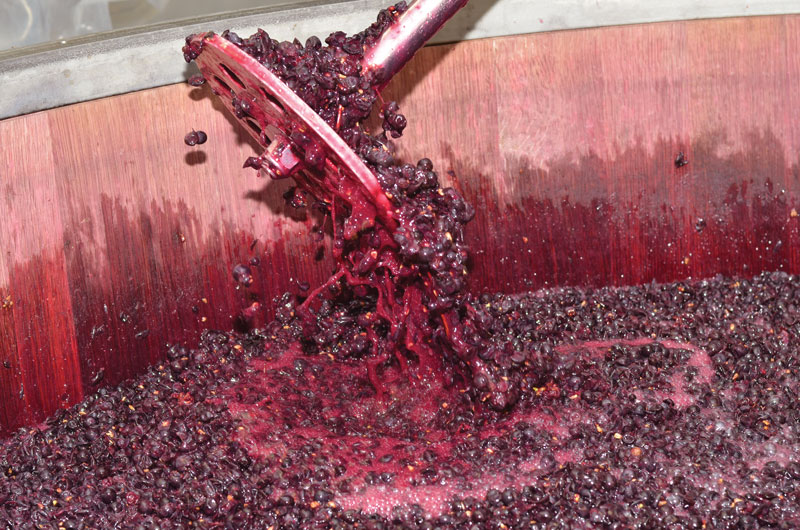
It started with a scratched-up bucket, a plastic airlock, and a bowl of foraged wild blackberries. I had no winemaking background, no formal training — just a stubborn curiosity and a craving for something homemade, honest, and a little wild.
The berries came from the edge of a dirt road near my home — brambly hedges that had been overlooked for years. Every morning for a week, I wandered out with a bowl, gently plucking the ripest berries I could find. I learned to tell when they were truly ready: Deep purple, slightly soft to the touch, and so juicy they stained my fingers instantly. By the end of the week, I had about 3.3 lbs. (1.5 kg) — enough to begin the adventure.
I had read enough online guides to feel dangerously confident. My plan: Mash the berries, add sugar water, toss in some yeast, and let the magic of fermentation do the rest. With a few sanitized tools, I transformed my tiny kitchen into a makeshift winery. I boiled water, stirred in sugar, and, after cooling, nervously poured the syrup over my mashed blackberries. The yeast packet was sprinkled like a blessing, and I sealed the container with the airlock.
Then came the waiting — and the watching. I checked the airlock obsessively, convinced that every bubble or pause meant something important. When the first bubbles appeared, I nearly celebrated. When the bubbling slowed down days later, I panicked and thought I’d ruined everything. Or, maybe fermentation was just done?
Things didn’t go perfectly. My first fermentation got too warm, turning my kitchen into a humid jungle that smelled like an ongoing science experiment. My seal wasn’t airtight at first, so a swarm of fruit flies snuck in and threw a brief, rowdy party before I realized what was happening. And don’t get me started on the mess I made trying to siphon the wine into bottles. Turns out gravity is fast, and blackberry wine stains everything it touches. My countertops, my floor, even a pair of socks became casualties.
But still, it worked.
After several weeks of fermenting, racking, and more waiting, the wine was finally ready to bottle. I labeled them with hand-scribbled tags and tucked them away for a bit longer. That final wait — before I could open one — felt like forever. I resisted the temptation for as long as I could.
When I finally uncorked my first bottle, I was nervous. What if it tasted like vinegar? What if I’d missed something? But I poured a small glass, gave it a tentative swirl, and took a sip. It wasn’t perfect — a bit too sweet, a little cloudy — but it was unmistakably wine. And not just any wine — my wine. From berries I picked myself. From a kitchen I’d transformed into something magical.
The flavor was a surprisingly rich mix of tart and sweet, with a bit of wildness that felt true to the fruit and the process. I sipped it slowly, proudly.
The biggest lesson? Wine isn’t just about chemistry, or kits, or perfect conditions — it’s about the process. I learned to trust my instincts, to roll with the unexpected, and to laugh at my mistakes (after cleaning them up, of course). I found joy in slowing down, in watching something transform day by day, bubble by bubble.
This first batch was messy, imperfect, and deeply rewarding. It taught me that you don’t need a vineyard or fancy tools to make wine — just curiosity, commitment, and a bit of courage. I’m already planning my next batch, and this time, I’ll be ready with better tools and fewer fruit flies.






